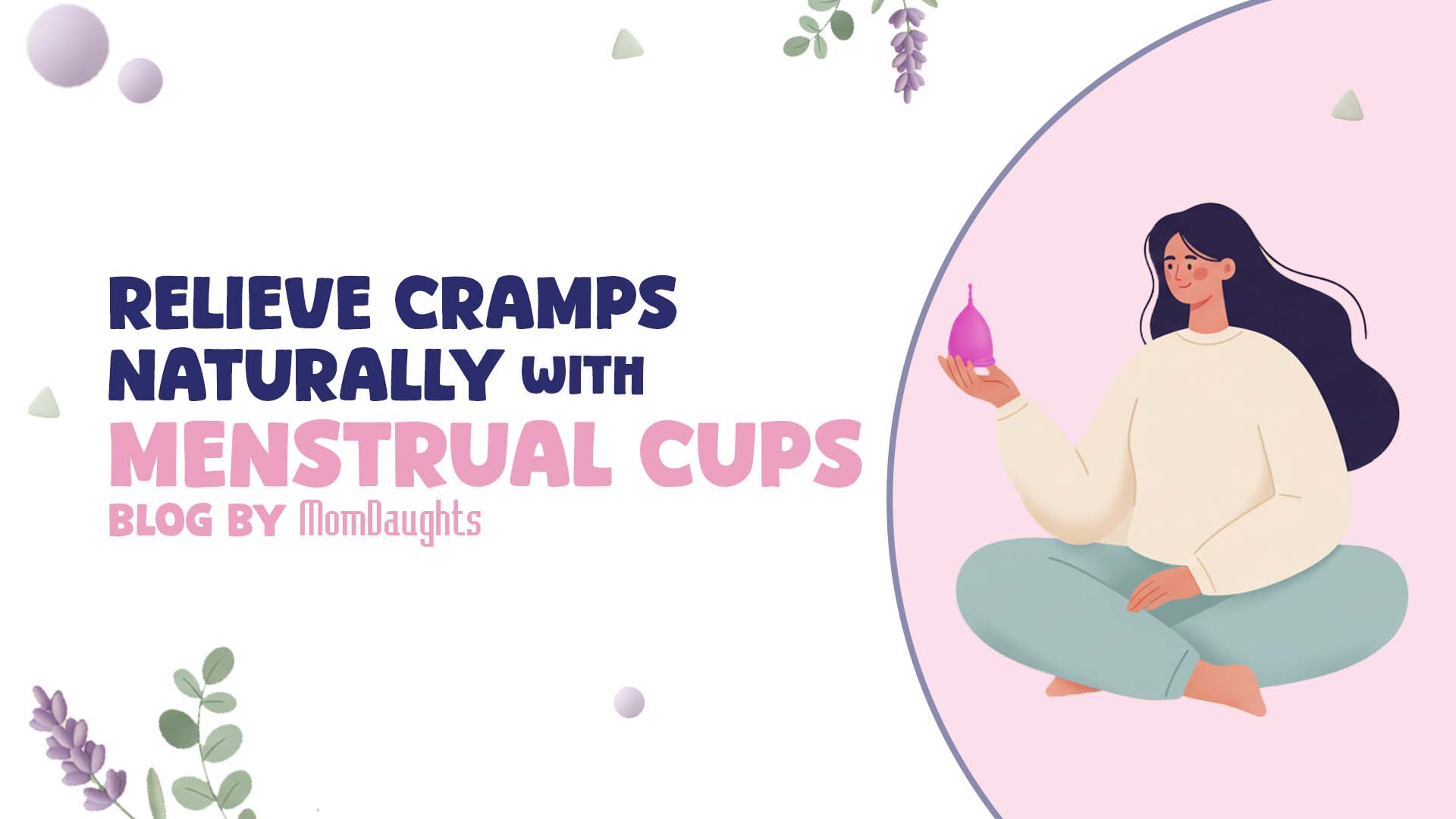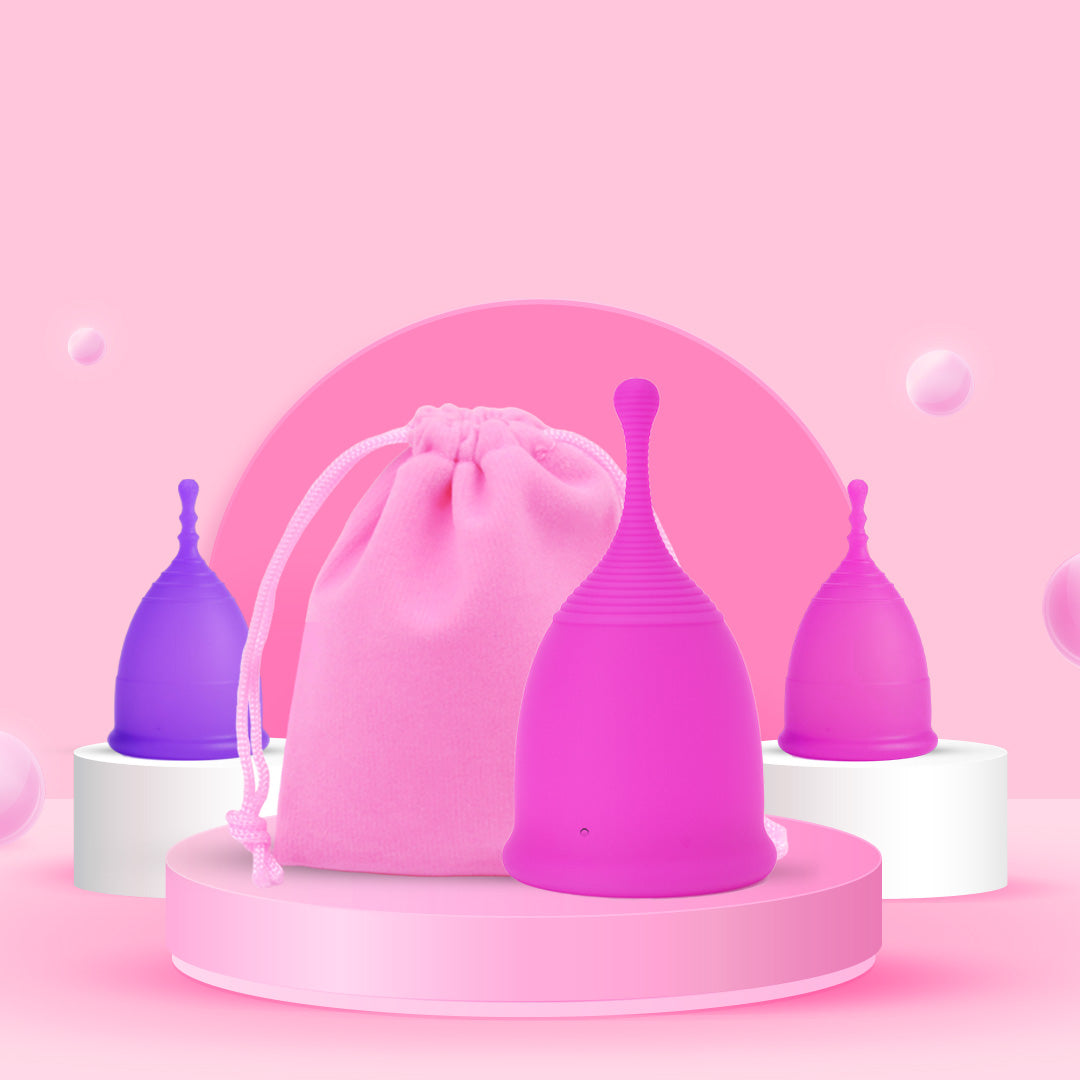Overview
Menstrual cups can help alleviate cramps by reducing inflammation, improving positioning, and providing stable fluid collection. They are eco-friendly, cost-effective, and offer greater comfort compared to traditional sanitary products. Transitioning to a menstrual cup may require practice, but the benefits can make it a worthwhile change for managing menstrual discomfort.
Frequently Asked Questions
1. What are menstrual cramps?
2. How do menstrual cups help alleviate cramps?
3. Are menstrual cups safe to use?
4. How do I clean my menstrual cup?
5. How long can I wear a menstrual cup?
Menstrual cramps can be a significant hurdle for many individuals every month. Traditional options for managing this discomfort typically include over-the-counter medications or specific lifestyle changes. However, one innovative solution has been gaining popularity—menstrual cups. In this post, we'll explore how using a leakproof menstrual cup may help alleviate cramps, while also diving deeper into the science behind it and providing tips for making the transition to this eco-friendly option.
Understanding Menstrual Cramps
Menstrual cramps, or dysmenorrhea, are a common experience for many people during their periods. They often result from the uterus contracting to shed its lining, which can lead to pain in the lower abdomen, back, or hips. The severity of cramps can vary widely among individuals, and factors such as hormone levels, stress, and underlying health conditions can all play a role.
The Role of Menstrual Cups
Enter the best menstrual cup—a sustainable, reusable option that’s gaining traction for its numerous benefits. Unlike traditional sanitary products, menstrual cups are inserted into the vagina to collect menstrual fluid, which means they are worn internally. This method not only provides leak-free protection but also has the potential to alleviate menstrual cramps in several ways. Let's take a closer look.
How Menstrual Cups May Help with Cramps
People who switch to menstrual cups often report a decrease in cramps. While more research is needed to establish a definitive link, several factors may contribute to this reduction in discomfort:
- Less Inflammatory Response: Traditional sanitary products can sometimes cause irritation or inflammation. The materials used in these products may contribute to discomfort that worsens cramps. A leakproof menstrual cup, made from soft, body-friendly materials like silicone or rubber, typically doesn’t provoke such responses, potentially leading to reduced discomfort.
- Improved Positioning: Menstrual cups sit lower in the vaginal canal compared to tampons, which can relieve pressure on the cervix. This reduced pressure can lessen menstrual pain significantly.
- Stable Fluid Collection: A menstrual cup holds a larger volume of menstrual fluid without the need for constant changes. Therefore, users can experience less frequent sensations associated with using tampons or pads.
Choosing the Right Menstrual Cup
With the market offering numerous options, it's vital to choose the right menstrual cup for your needs. Consider these factors to help you make the best choice:
Size Matters
Menstrual cups come in various sizes. A cup that's too small might not provide adequate protection, while one that's too large may be uncomfortable to wear. Factors to consider include:
- Age and Body Type: Younger individuals typically might prefer a smaller size, while those who have given birth may find a larger size more suitable.
- Flow Level: Depending on your flow (light, moderate, or heavy), you'll need to select a cup designed for your specific needs.
Material Choices
The material of your menstrual cup can significantly affect your experience. Most menstrual cups are made from silicone, latex, or thermoplastic elastomer. It’s essential to choose a non-toxic, hypoallergenic material that suits your body chemistry and personal preferences.
Tips for Transitioning to a Menstrual Cup
Making the switch to a menstrual cup can be daunting, but with a little patience and practice, it can become your go-to option for period care. Here are some tips to ensure a smooth transition:
Practice Insertion and Removal
Learning how to insert and remove your menstrual cup effectively can take time. Here are some tips for your practice:
- Fold it Correctly: There are several folding techniques to try; the C-fold or punch-down fold are popular choices.
- Relax: Ensuring that you're relaxed can make insertion and removal significantly easier. Try this in the shower or when lying down.
- Use Water-Based Lubrication: A bit of water-based lubricant around the rim of the cup can aid in comfortable insertion.
Know Your Cycle
Understanding your flow patterns can make it easier to use your menstrual cup effectively. During heavier flow days, you may need to empty your cup more frequently—typically every 4 to 12 hours, depending on your flow.
Benefits Beyond Cramps
While reducing menstrual cramps is a significant benefit, the advantages of using a leakproof menstrual cup extend beyond comfort. Here are some other appealing reasons to consider making the switch:
Eco-Friendly Option
Using a menstrual cup is an environmentally friendly choice. Reusable for several years, these cups can significantly reduce the number of menstrual products that end up in landfills. For those looking to lessen their environmental impact, menstrual cups are a proactive step.
Cost-Effective Solution
Though the initial investment may seem higher than traditional products, menstrual cups can save you money in the long run. Since they can last for years with proper care, they eliminate the recurring expense of purchasing tampons and pads.
Comfort and Freedom
Many users report greater comfort when switching to a menstrual cup, feeling freer to engage in activities they love without worrying about leaks or irritation. Additionally, users can wear a menstrual cup during various activities, including swimming or exercising, without concerns about leakage.
Frequently Asked Questions
Are Menstrual Cups Safe?
Yes, menstrual cups are generally considered safe when used as directed. Made from body-safe materials, they’re free from harmful chemicals that can be found in some disposable products. Remember to follow hygiene practices, such as sterilizing your cup before and after your period.
How Can I Clean My Menstrual Cup?
Cleaning your menstrual cup is a straightforward process:
- Boiling: At the start and end of your cycle, boil your cup in water for 3-5 minutes to sterilize it.
- Washing During Use: If needed, rinse with warm water or wipe it with a clean, damp cloth. Avoid using soap with strong fragrances.
How Long Can I Wear a Menstrual Cup?
Depending on your flow, you can typically wear a menstrual cup for 4 to 12 hours before needing to empty it. Experiment with how long you can comfortably wear it to find what works best for you.
A Switch Worth Making
Transitioning to a menstrual cup can be a powerful way to manage discomfort during your period, including menstrual cramps. With advantages such as eco-friendliness, cost-effectiveness, and added comfort, it’s a change many find rewarding. So if you’re seeking a solution to reduce cramps while enjoying the benefits of a leakproof menstrual cup, consider giving this method a try. You may find that your period can be a little easier to deal with after all!
Linked Product

MomDaughts' Double tail Menstrual Cup
The MomDaughts Double Tail Menstrual Cup offers a comfortable and eco-friendly alternative to traditional menstrual products. Its soft, medical-grade silicone design ensures a secure fit and easy removal, making it suitable for both beginners and those with a high cervix. With the ability to wear it for up to 12 hours, this reusable cup minimizes waste and provides long-lasting protection during your menstrual cycle.
View Product




